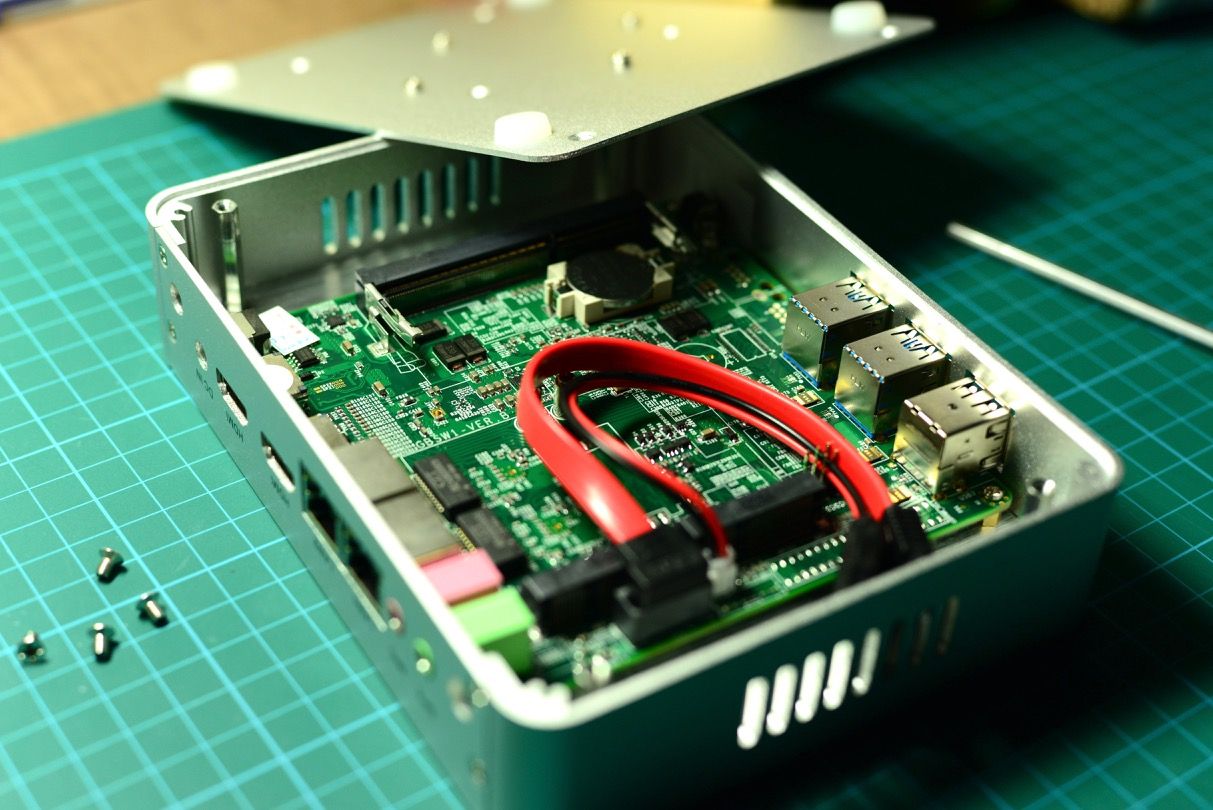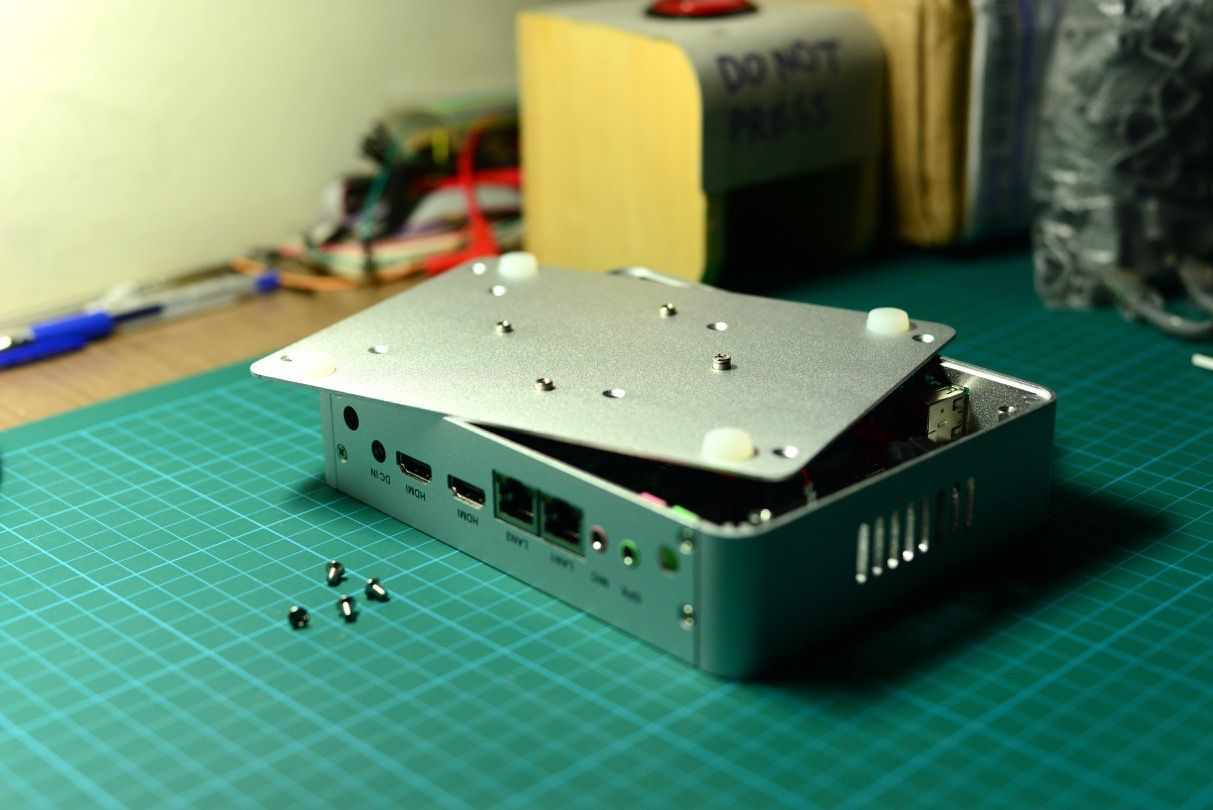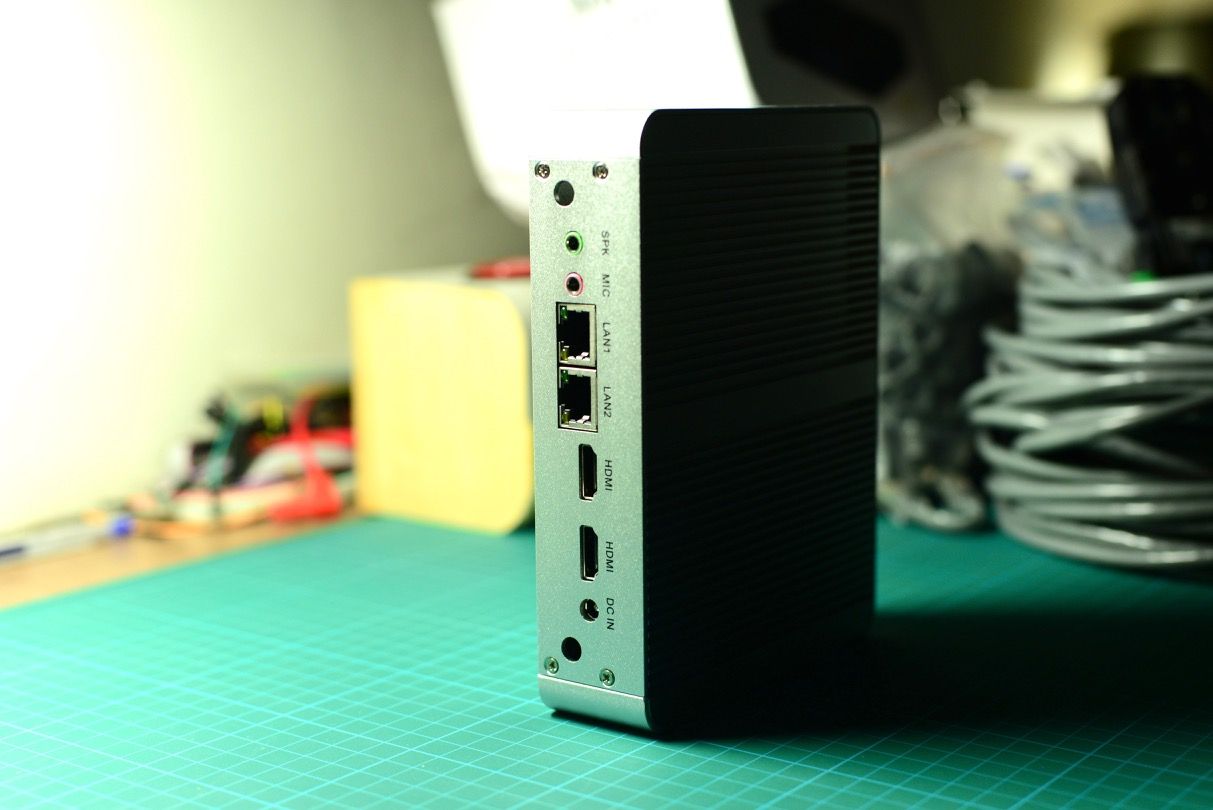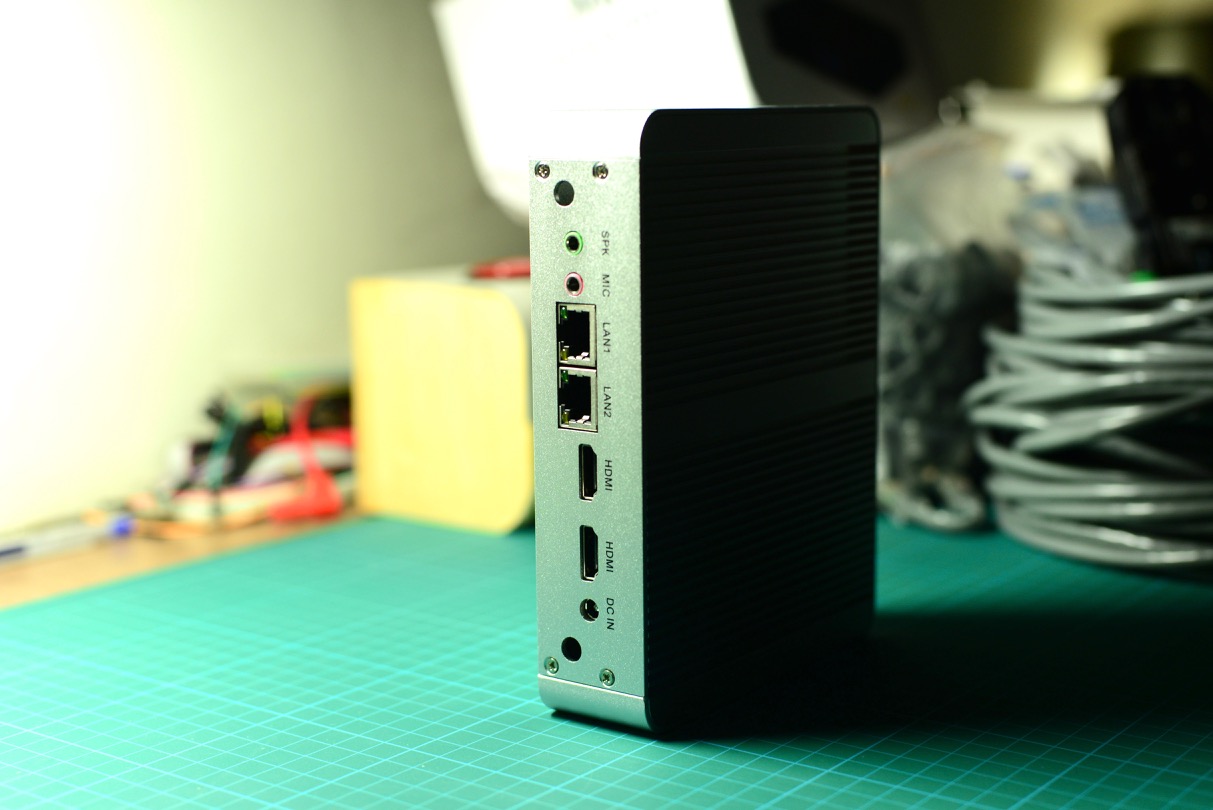Infrastructure 2017: Router Hardware
October last year, I switched my routing to a virtual machine running pfSense, in the hopes of having better control over my home network. Turns out, many hiccups have occurred since the move. Issues with OpenVPN (which I have since disabled), Linux bridges being reassigned after software updates and other seemingly random issues. The virtual network card also caused a reduction in maximum throughput, saturating at 200Mbps instead of the 800Mpbs previously on the RT-N56U.
Since then, I've also been wanting to make the switch from services (like this blog and GitLab) running in user accounts and virtual machines to containers. Containers are isolated environments for processes to run in, providing the isolation of a virtual machine with close to native performance.
So here's the start to a series on the upgrade of our infrastructure to a new setup powered by containers! I'll also be documenting progress and code on GitHub.
To start off the upgrade, I needed a better router (because my siblings were complaining about the frequent loss of internet connectivity). A friend of mine suggested a N3050 box he discovered that had two Ethernet ports built-in, and both of us bought one each. For the price of around $90 SGD without RAM and the added cost of shipping from China, it was well priced. It has a sturdy aluminium casing around it, also for heat dissipation, two HDMI ports and six USB ports. It's powered off an external power brick.



With the hardware pinned, next up will be testing network performance and mounting it onto the rack!
